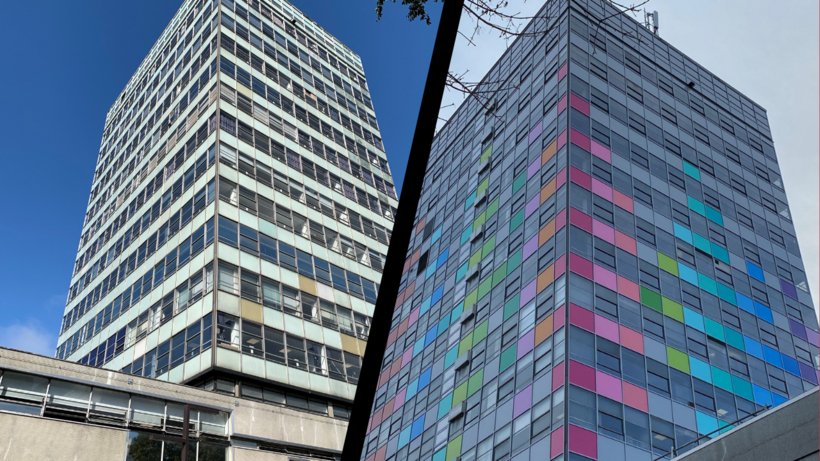Inspiration
Be inspired by learning about new ways in which you can support and drive your business forward by keeping up to date with the latest news and blogs from William Smith.

Entertain me for a minute. Put yourself in your customer’s shoes. Who are you more likely to trust? A company with virtually no online presence, or one who can easily point to dozens of examples of their previous work?
It’s not a rhetorical question, but it may as well be.
Case studies are one of the most effective tools any business can use to convert and secure more sales.
And guess what?
We’ll do the hard work for you.
That’s right. All we ask in return is that you help us, help you.
Today, we’re going to take a look at all the dos and don’ts of case studies. What works? What doesn’t? And how to submit for optimal success.

1. Approach your projects with a case study in mind
We see it so often. Someone completes a project and THEN realises what a fantastic case study it would make.
While a case study’s success doesn’t necessarily depend on this forward-thinking approach, it certainly provides a significant advantage, especially when it comes to images.
Going into any project with a clear plan is always the best approach. Create a checklist of things to do and tick them off as you go.
2. A picture paints a thousand words
A well-written case study is important, but let’s be honest, the most effective and often simplest to communicate the quality of your work is through photographs and videos. Images can convey what words can’t. As a writer, it pains me to say it, but it’s true. Make sure your images are the best they can be. Don’t be afraid to experiment and get creative and be sure to document every step of the process. You can always decide which ones to keep and which to lose later down the line.
Top tip: Before and after shots from the same angle are always an effective way to communicate the transformative nature of your work.

3. Consider what makes your project unique
We strongly believe that every project, no matter how large or small, always has something about it that’s worth talking about. It might not always seem immediately obvious but if you pay close enough attention, you will find it.
Perhaps the project is for an interesting client or business? Or maybe it requires a specialist film? Were there any particularly complex challenges that you needed to overcome? Did the project require a fast turnaround?
There are so many moving parts involved in any refurbishment project, and no two jobs are ever the same. Work out what makes yours stand out and tell us all about it!
4. Provide as much information as possible
We’re more than happy to write your case study, but we do require your help in order to do so. The more information you provide, no matter how relevant or irrelevant it may seem, will always help when it comes to understanding why your project is worth discussing in more detail.
We’ve recently rejigged our case study submission form with the intention of guiding you through the most important things to consider. Submit as early as you can. That way everything is fresh in your mind, and it’ll be far easier to answer any further questions we might have.
We often have a backlog of case studies to work through and aim to complete them in the same order they were submitted. So, the earlier you get in touch, the earlier we can get to writing, publishing, and sharing.

5. Share, share, share
Be proud of the fantastic work you do. We post all of our case studies on our websites and social media pages, and you should too! Facebook and LinkedIn lend themselves particularly well to this medium, but it’s no good if no one can see it. The whole point of a case study is to increase the visibility and transparency of your work. Collate your projects together somewhere, whether that be on your own website, or a social media page and use it in future when discussing projects with potential clients. Sharing creates visibility. Visibility creates enquiries. Enquiries create sales. It’s as simple and as effective as that.
So, there you have it.
That’s the rundown on all things "case studies". Hopefully, you’ll have gained a greater understanding of how to approach future submissions, and remember, if you’re ever confused or unsure about anything, you can get in touch with us at any time.
Do you have an exciting project worth talking about? Ready to get the ball rolling and build or extend your own project portfolio? Submit your case study today by downloading our new, updated submission form and returning it to ryan@williamsmith.co.uk